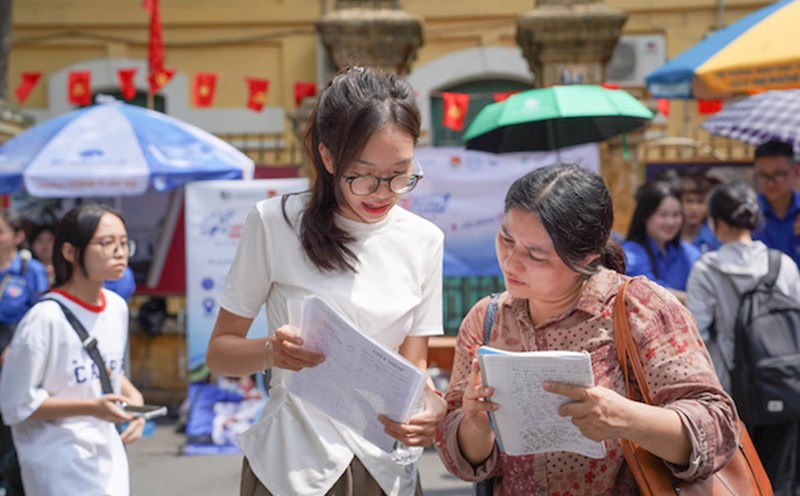Slow handover, difficult construction
Component project 1 - coastal road, part of the coastal road and Nhat Le 3 bridge project, has a total length of nearly 80km, with a total investment of more than 2,480 billion VND. The project started construction at the end of January 2022, and is expected to form a strategic transport route connecting the North Central region, exploiting the potential of the marine economy, serving national defense - security, and rescue. According to the original plan, the entire project would be completed in early 2026.
After more than 2 years of implementation, many important items have been basically completed in the areas where the site has been handed over.
The Project Management Board said that the value of the completed construction volume reached about 777 billion VND, out of a total of more than 1,500 billion VND for construction. However, the biggest problem is still site clearance (GPMB).
Mr. Nguyen Vu Quy, Director of the Project Management Board (under the Quang Tri Department of Construction) informed that to implement the project, it is necessary to reclaim nearly 200 hectares of land, affecting more than 1,000 households and 37 organizations. Of these, 43 households must be resettled.
Although the approval of the compensation plan has been completed over 94% of the entire length of the route, the actual site handed over has only reached about 91%. More importantly, the handover is not continuous but scattered in sections, causing construction interruptions. Contractors have to move machinery and human resources, incur costs and affect the overall progress.
Similarly, the Coastal Road Project connecting the East - West economic corridor, phase I, is also in a situation of waiting for site clearance. The project has a total initial investment of VND 2,060 billion, a length of about 48km, divided into 4 construction packages. This is a route that plays a strategic role in connecting coastal areas with the cross-Asia economic corridor, while creating land funds for the development of satellite cities and marine economic zones.
According to Mr. Nguyen Thanh Binh - Director of the Quang Tri Provincial Construction Investment Project Management Board, the current implementation value has only reached about 37% of the contract value of the packages, because the handover site has only reached more than 57%. In addition to affected households, the project is also involved in many procedures related to the liquidation of production forests. The forest area is small and scattered, but the process of appraisal and approval of the collection plan takes many months. Some resettlement areas have not been completed, many localities have not yet determined the origin of the land, causing serious congestion for the construction plan.
Cost of capital release
Faced with this situation, the Project Management Board has repeatedly requested the Provincial People's Committee to direct more drastically, requiring communes and wards to focus on coordinating staff, speeding up site clearance, completing resettlement areas and relocating technical infrastructure.
At Component Project 1 - Coastal Road, the actual site clearance cost has exceeded the initial estimate by nearly 300 billion VND.
Before the merger of provinces, on June 26, the People's Council of Quang Binh province (old) issued a resolution to adjust the investment policy, especially for component project 1, compensation and site clearance costs increased by 290 billion VND, mainly due to the adjustment of land compensation unit prices, assets on land and arising costs for relocation and resettlement.
For the Coastal Road Project connecting the East - West economic corridor, the situation is not much better. The People's Committee of Quang Tri province (old) has proposed that the Provincial People's Council adjust the total investment from VND 2,060 billion to more than VND 2,731 billion. The reason is that in addition to the increase in site clearance costs of more than 540 billion VND, construction costs are also increased due to the adjustment of route direction, addition of items to prevent landslides and flash floods.











